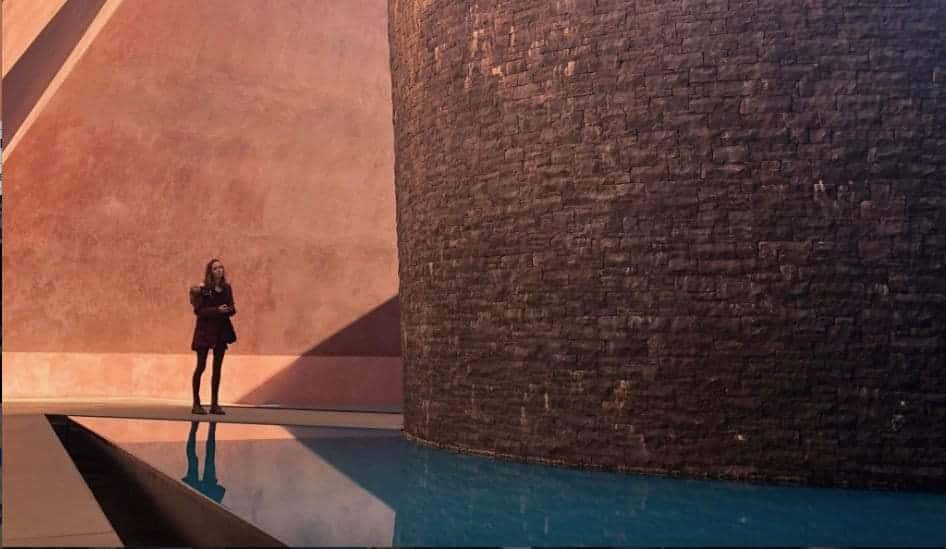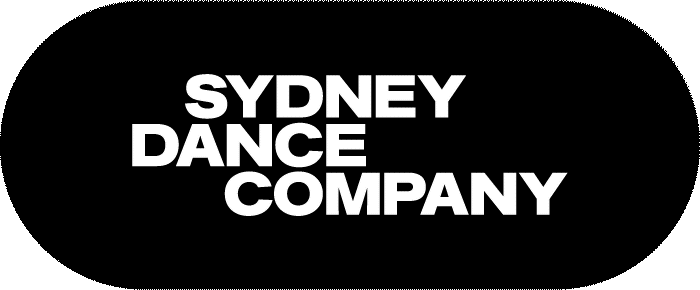Short Course Attendee Spotlight: Simone Richardson


published
Omer Backley-Astrachan has followed a rather unconventional path as a dancer and choreographer. After being conscripted in the Israeli army as a teenager, he began his formal dance training in his early twenties. Today, he’s a teacher and mentor for young dancers as ourPre-Professional Year Course Co-ordinator and teaches at our Contemporary Youth TermTerm and School Holiday Workshop programs.
He talked to us about why contemporary dance is for everyone, the importance of being inquisitive and open with fellow dancers, and not being afraid to laugh at yourself in the studio.
I started dancing as a child with an Israeli contemporary folk-dance group. We performed all over the country as well as overseas, so this provided me with a great understanding of what it means to be a dancer. Although I loved dancing as a child, I never thought of it as a life-long career, probably since I had never met or heard of any professional contemporary dancers then. I took my first actual Ballet class at the age of 18 which was the same year I joined the Israeli Air-Force. I was a Black-Hawk helicopter technician for three years before I could start my professional dance training at the age of 21. I was lucky to be accepted into my first dance company straight after full-time training at the age of 22, so I constantly had to ‘catch-up’ with training I was lacking unlike other dancers who trained since they were very young.
After I got my first contract and learned about the ample directions in which I could take my passion for dance, I shifted my focus to pursuing the right path for me. It was not an easy ride. I worked with many choreographers and companies and as time passed I started understanding the things that truly drive my passion for dance. I started looking for more creative and collaborative processes, working in smaller settings and with people who share similar takes on movement.
When I moved to Australia in 2014 I was stuck in limbo for a while. Everything was new and I had no networks to rely on. Alternatively, it was an opportunity to rethink my path and make sure I was still pursuing a direction that could sustain my love of dance. I started making works and exploring the role of the choreographer. Calling myself a choreographer was the greatest gift I ever gave myself. Doors opened to realms I never expected and I discovered a world where creativity is a primary ingredient. This journey also led me to teaching and mentoring young dancers. I am very passionate for sharing my knowledge and experience and in the best way I know, help young artists hear their inner voice and using it loud and clear.
For me, to be a contemporary artist means to constantly learn and change – to be connected to the now. I love the symbiosis between institutional traditional art, commercial art and contemporary art. This friction between different schools of thought fascinates me. I like to live somewhere between the undefinable and the coherent. It allows me to constantly be excited about an unknown future and at the same time let go of thoughts and frameworks or structures that are not enjoyable for me.
Contemporary dance is a process of rediscovering. A journey that helps us identify our own unique voices. Contemporary dance has a wide spectrum in which everybody has something to give and receive.
My classes are always very welcoming and stress free. We explore movement from the inside out, where we can truly identify the things that move us most, and allow them to move us in the right direction. Each session is different. We may start from a physical starting point while other times we will talk and share ideas. It is my aim that within every session, each dancer will have learned something new about their abilities, needs and desires and hopefully feel inspired and joyful.
My classes focus on understanding just how much knowledge we already have, and then making this knowledge available for us in real-time. How much do we need to let go in order to gain control over our body and mind. Sometimes it’s about a physical exploration and sometimes it’s about letting go of the fear of being judged.
Improvisation today is a key skillset for any professional dancer. Many if not most of the choreographers these days create their works in collaboration with the dancers, which means that it’s not enough to be a great technician nowadays, but also needing the skills to be expressive and creative.
I often hear people proclaim that they “don’t care what people think.” Well, I think we should proclaim the exact opposite, “I really care what people think.” Dancing, choreographing and performing is a process of sharing. We enjoy when others enjoy, we enjoy receiving feedback or feeling the audience glued to their seats or exchanging movement ideas and learning from others in the studio. By working collaboratively as a team, we focus on the most important aspects of dance which are embedded in the essence of sharing.
Through our sessions together we will watch each other work, discuss ideas and concerns, hopefully laugh at each other (and ourselves) and work in an open and professional environment. The classes are designed for learning both from doing individual work as well as watching others work and sharing their practice.
I would encourage young or beginning dancers to stay inquisitive and remember that dance is about joy, for you as well as for the people with whom you share your dance, such as audiences, choreographers or your peers. If you focus on joy, your journey will be rich, easy and fun.
I absolutely love working with young dancers. I try the best I can to not repeat myself and make every class I teach just as enjoyable and new for me as it is for the students. This means that I learn with the students and discover new things every day. Sometimes the space becomes so focused and electric that I can feel people’s minds being transported and we all experience pure freedom and joy of movement.
Omer Backley-Astrachan teaches Contemporary Youth Courses for ages 15 – 18